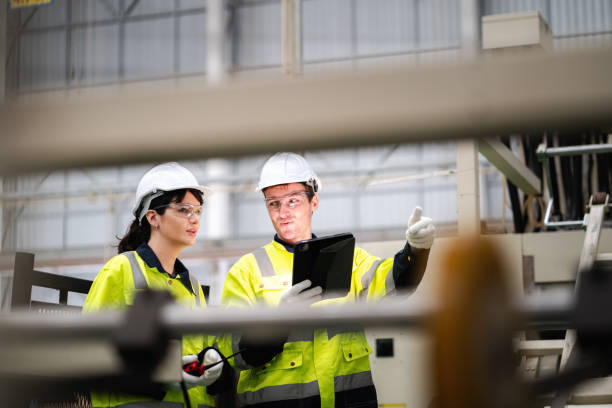Pouch printing plays a pivotal role in packaging, contributing to a product’s visual appeal and market presence.
When it comes to pouch printing, you will have encountered two prominent technologies that stand out: gravure printing and digital printing.
Each method comes with its own set of characteristics, advantages, and limitations.
In this exploration, we’ll help you see and appreciate differences between gravure and digital printing for pouches, shedding light on the unique aspects of each technology.
Gravure Printing:
1. Printing Process:
Gravure printing, also known as intaglio printing, involves engraving an image onto a cylinder. The engraved areas hold ink, and the excess is wiped off the surface. The ink is then transferred directly onto the pouch material.
2. Quality and Detail:
Gravure printing is renowned for its exceptional print quality and intricate detail reproduction. The engraved cylinders allow for precise ink application, resulting in sharp and vibrant images. This makes gravure particularly suitable for high-quality, detailed graphics.
3. Cost Efficiency at Scale:
Gravure printing is cost-effective for large volume runs. Once the cylinders are engraved, the printing process becomes efficient for mass production. It’s a preferred choice for big production orders where unit costs decrease with higher quantities.
4. Material Compatibility:
Gravure printing is versatile and compatible with various materials, including flexible films commonly used for pouches. It accommodates a range of substrates, providing flexibility in material selection.
5. Setup Time:
While gravure printing offers efficiency in large-scale production, the initial setup time is longer compared to digital printing. The creation of engraved cylinders involves a meticulous process that can extend the time required to start production.
Digital Printing:
1. Printing Process:
Digital printing involves directly transferring digital files onto the pouch material without the need for plates or cylinders. It utilizes technologies such as inkjet or electrophotography to apply ink onto the surface.
2. Versatility in Short Runs:
Digital printing excels in flexibility, making it ideal for short to medium print runs. Unlike gravure, there is no need for extensive setup, making it a cost-effective option for smaller quantities.
3. Variable Data and Customization:
Digital printing allows for easy incorporation of variable data and customization. This is great if you have a business that produces many SKUS, such as when packaging snacks.
Each pouch in a print run can have unique elements without affecting the printing process, making it suitable for personalized or customized packaging.
4. Quick Setup and Turnaround:
Digital printing offers quick setup and minimal lead time. The absence of engraving or plate preparation means that the printing process can commence swiftly, making it suitable for on-demand or just-in-time production.
5. Cost Structure for Small Runs:
While digital printing can be cost-effective for short runs, the per-unit cost may be higher than gravure for larger quantities. This cost structure makes it advantageous for scenarios where the benefits of customization and quick turnaround outweigh the unit cost difference.
Choosing Between Gravure and Digital for Pouch Printing:
– Volume Requirements:
Consider the volume of pouches needed. Gravure is more cost-effective for large production runs, while digital printing is efficient for smaller to medium quantities.
– Print Quality Preferences:
Evaluate the desired print quality. Gravure excels in reproducing intricate details and vibrant colors, making it suitable for premium packaging. Digital printing offers good quality and flexibility but may have slight variations in color reproduction.
– Customization Needs:
If customization, variable data, or quick turnaround is crucial, digital printing provides the required flexibility. If you’re doing lots of cookie flavors and need unique cookie pouches for each, digital is best. Gravure is better suited for standardized, large-scale productions with consistent designs.
– Material Selection:
Both gravure and digital printing are compatible with flexible films commonly used for pouches. Consider the specific material requirements and the compatibility of each printing method.
– Budget Constraints:
Evaluate budget considerations, considering not only the per-unit cost but also the setup and lead time. Digital printing might be more cost-effective for short runs, but gravure can offer economies of scale for larger orders, similar to printing tons of small tea pouches to place inside boxes, for example.
Talk to Professionals
In the realm of pouch printing, the choice between gravure and digital printing hinges on specific project requirements, volume considerations, and budget constraints.
Gravure stands out for its exceptional print quality at scale, while digital printing offers flexibility and customization for shorter runs.
Both technologies play integral roles in meeting diverse packaging needs, allowing brands to choose the method that aligns with their specific goals and production requirements.






